Park Greenhouse and Cannery
Introduction
Text-to-speech Audio
The Cannery was created in the late 1800s and the Park Greenhouse was built in 1927. The campus cannery was used to grow and can tomatoes and peaches. The greenhouse was used by students as a work study program to grow crops and seasonal flowering plants to be sold in city markets.
Images
A photo taken of Park Greenhouse from street view.
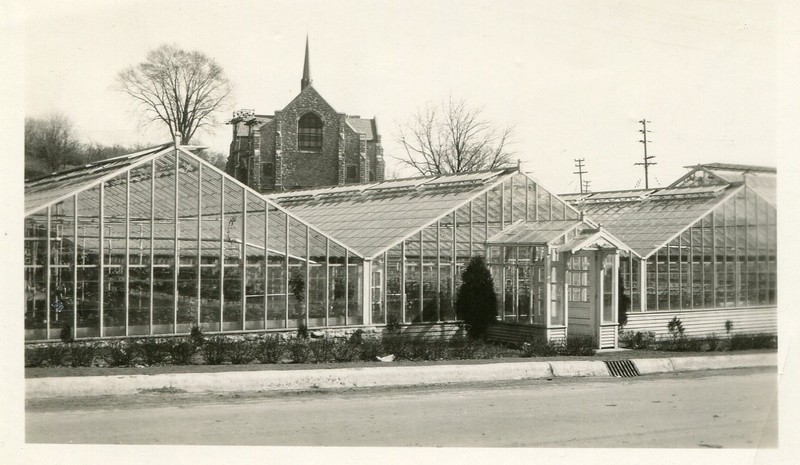
A photo inside Park Greenhouse of students cutting flowers for sale in local markets.
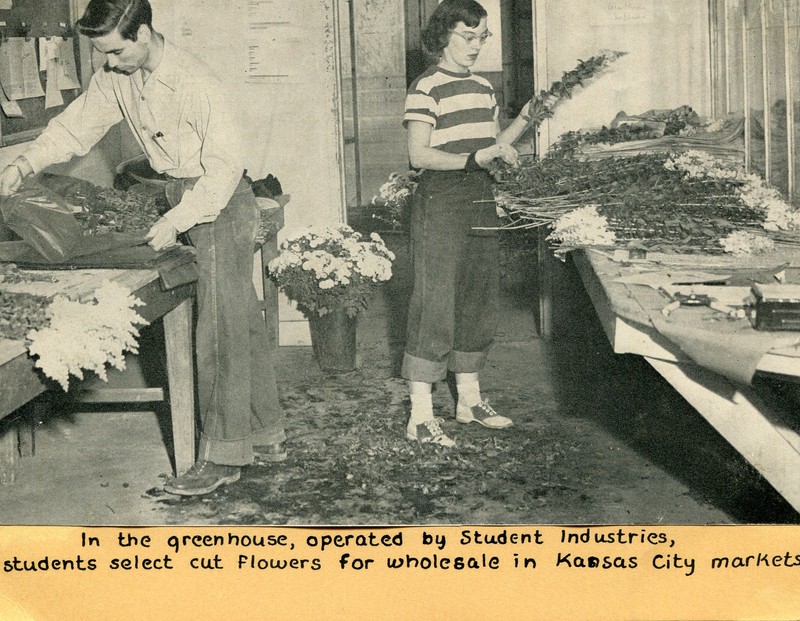

Photo of Albert D. McDowell, a student supervisor, explaining the steps to two coeds for raising snapdragons for a flower market in Kansas City.
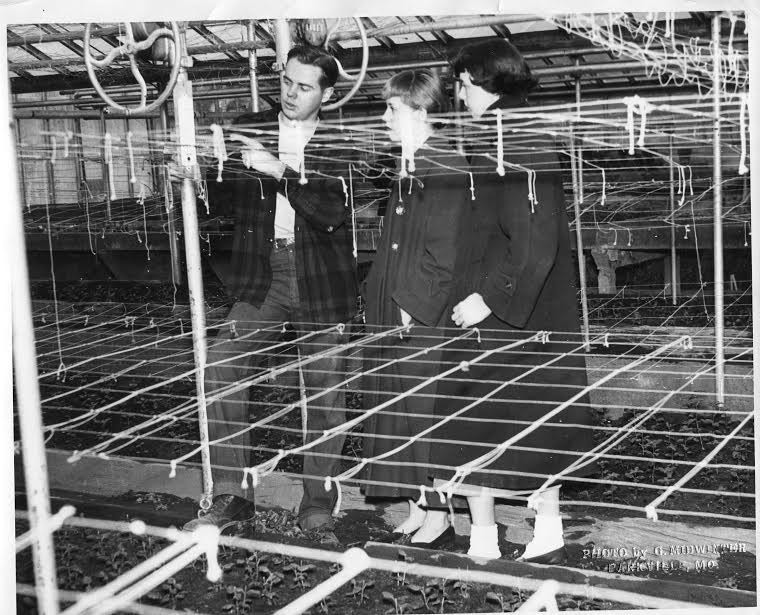
Students in the greenhouse working on snapdragons.
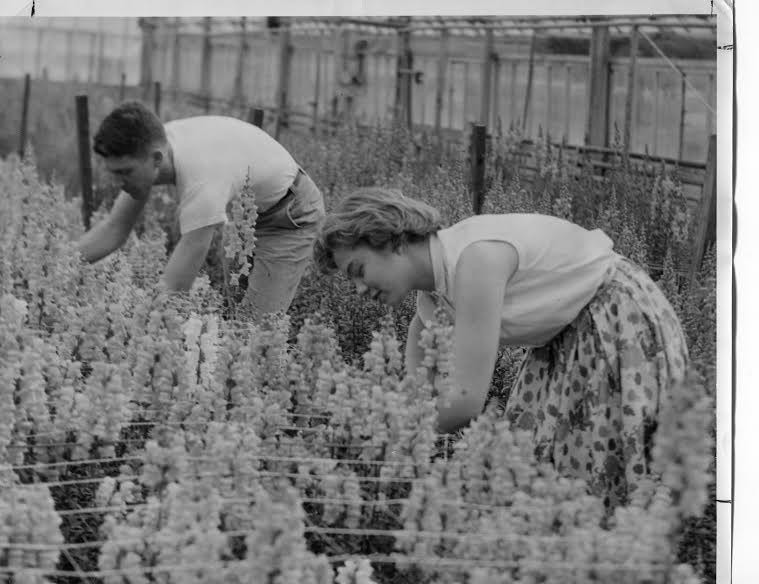
Students working in the greenhouse.
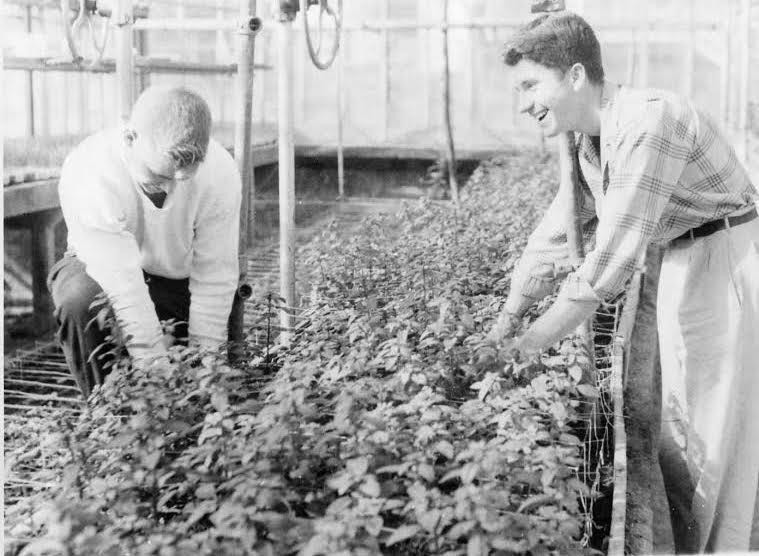
Students preparing for the flower market.
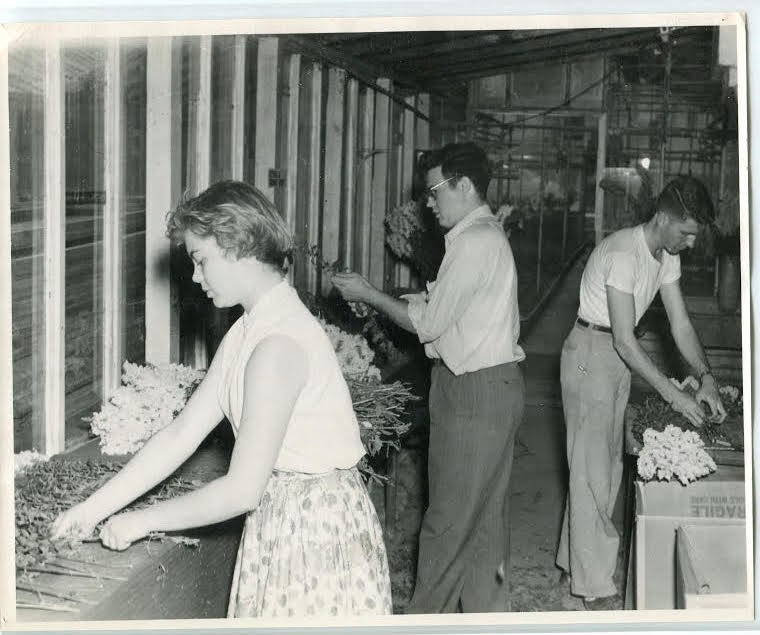
Students and faculty ready to remove the greenhouse in 1977.
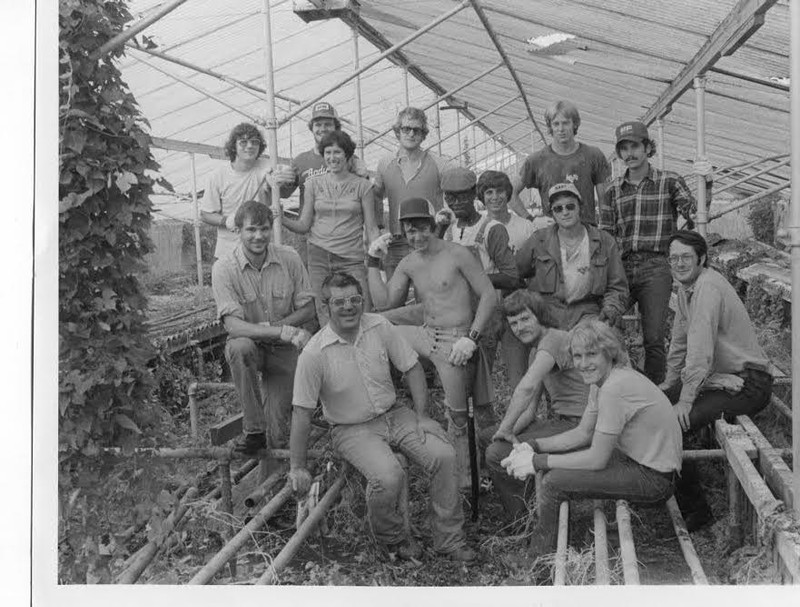
Document from 1908 of the contract and requirements of Packers’ Cans during 1909.
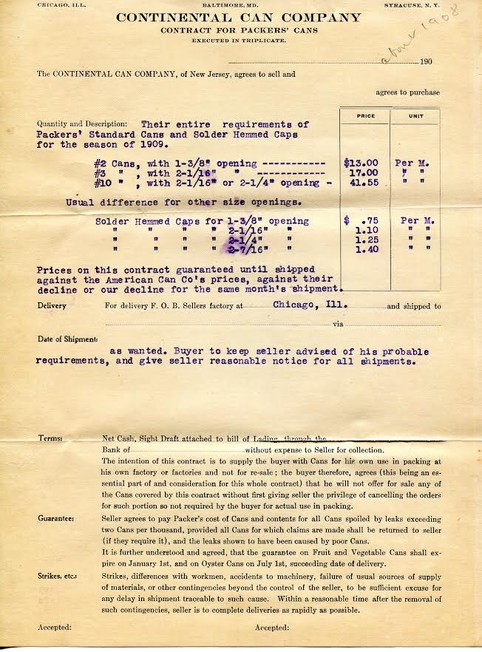
Letter from H.B. McAfee describing the sales of tomatoes at the college and acquiring Walter D. Oechsli, an expert in marketing canned tomatoes.
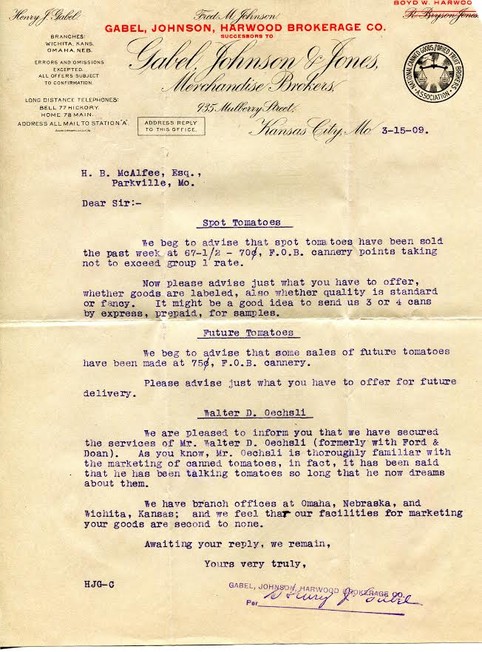
An old can label for Park College tomatoes.
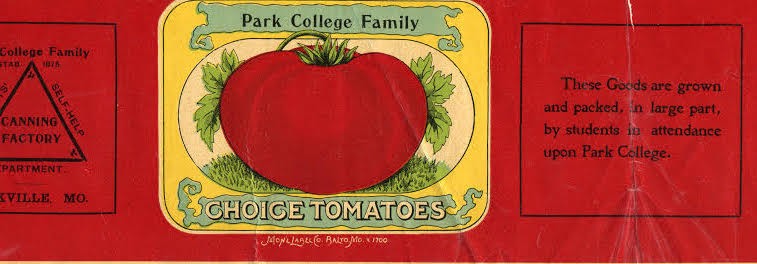
An old can label for Park College peaches.
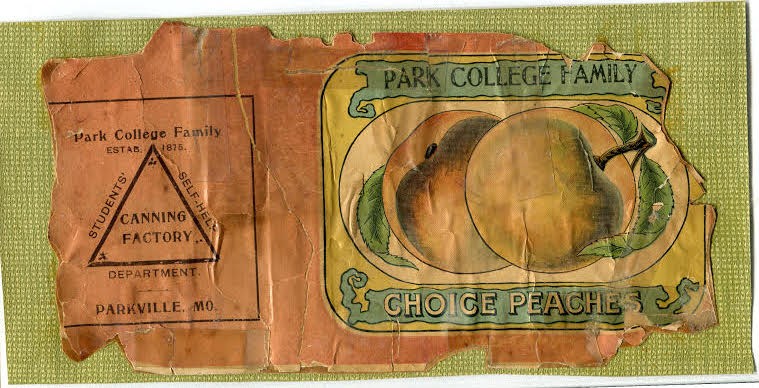
Photo taken in the Canning Factory, 1920
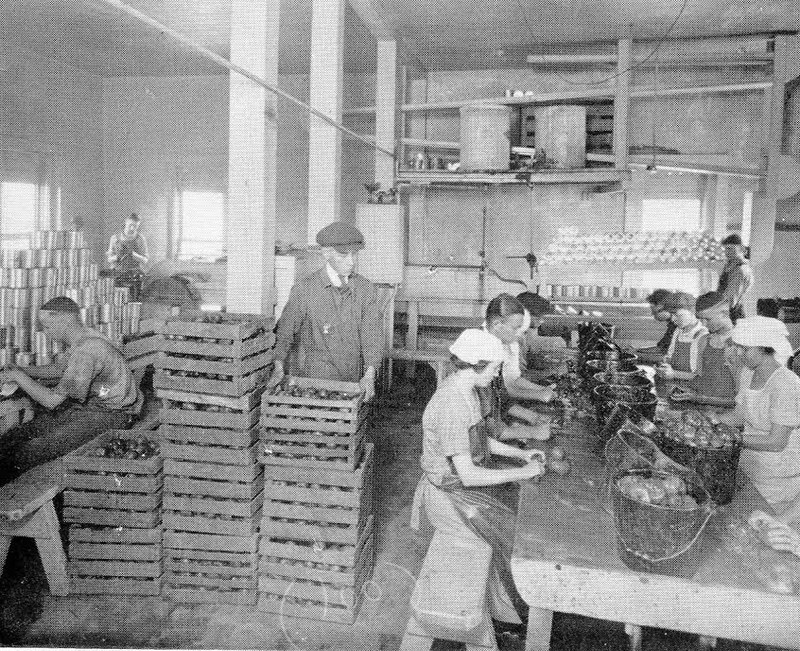
Backstory and Context
Text-to-speech Audio
Park President Hawley had the idea to create an industry for Park University. The greenhouse opened to the public on November 8, 1927. It was composed of three buildings making the full structure 4,500 square feet. The initial cost of the greenhouse was $10,000, requiring a dozen students for labor. Adolph Herman was in charge of the program and brought his own experience in floriculture.
The greenhouse provided instructive and cultural employment for Park students as the produce from the greenhouse was in demand by the community and city markets. With it being open to public, many members of the community visited the greenhouse for its distinctive beauty in greenery. The greenhouse was scheduled to be disassembled on September 24, 1977, and moved; however, the greenhouse was never rebuilt due to the harsh economic time.
Park University also had a canning industry during the late 1800s. The Canning Factory, or Park College Family, was created by Mr. McAfee and was established in 1875. The public had an interaction with the Cannery like they did with the greenhouse as the option of growing tomatoes for canning was available to anyone. The canning factory did well making and saving a great amount of money for the college. The factory was on the second floor of Mackay, but was moved to the water-works building in the 1920s.
Sources
Park Greenhouse Records. The Park Building Collection. Fishburn Archive and Special Collections. Park University, Parkville, MO.
Cannery Records. The Park Building Collection. Fishburn Archive and Special Collections. Park University, Parkville, MO.
